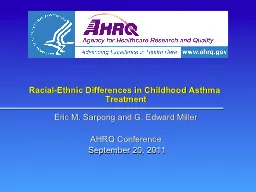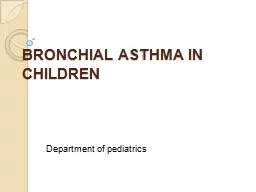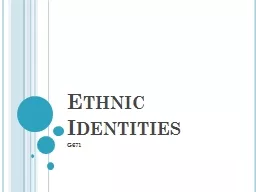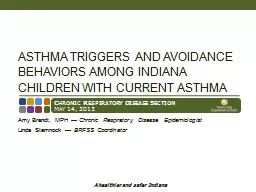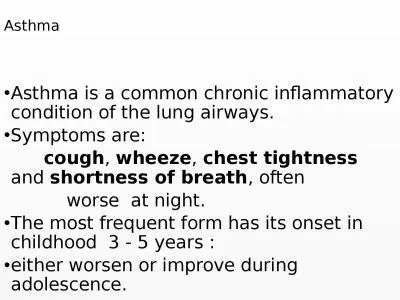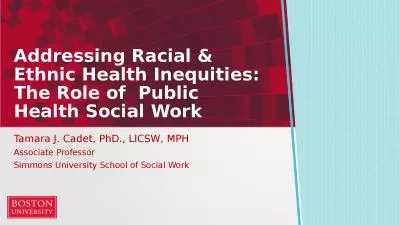PPT-Racial-Ethnic Differences in Childhood Asthma Treatment
Author : luanne-stotts | Published Date : 2016-02-21
Eric M Sarpong and G Edward Miller AHRQ Conference September 20 2011 Introduction Asthma chronic complex and costly health condition Estimated costs of asthma
Presentation Embed Code
Download Presentation
Download Presentation The PPT/PDF document "Racial-Ethnic Differences in Childhood A..." is the property of its rightful owner. Permission is granted to download and print the materials on this website for personal, non-commercial use only, and to display it on your personal computer provided you do not modify the materials and that you retain all copyright notices contained in the materials. By downloading content from our website, you accept the terms of this agreement.
Racial-Ethnic Differences in Childhood Asthma Treatment: Transcript
Download Rules Of Document
"Racial-Ethnic Differences in Childhood Asthma Treatment"The content belongs to its owner. You may download and print it for personal use, without modification, and keep all copyright notices. By downloading, you agree to these terms.
Related Documents

